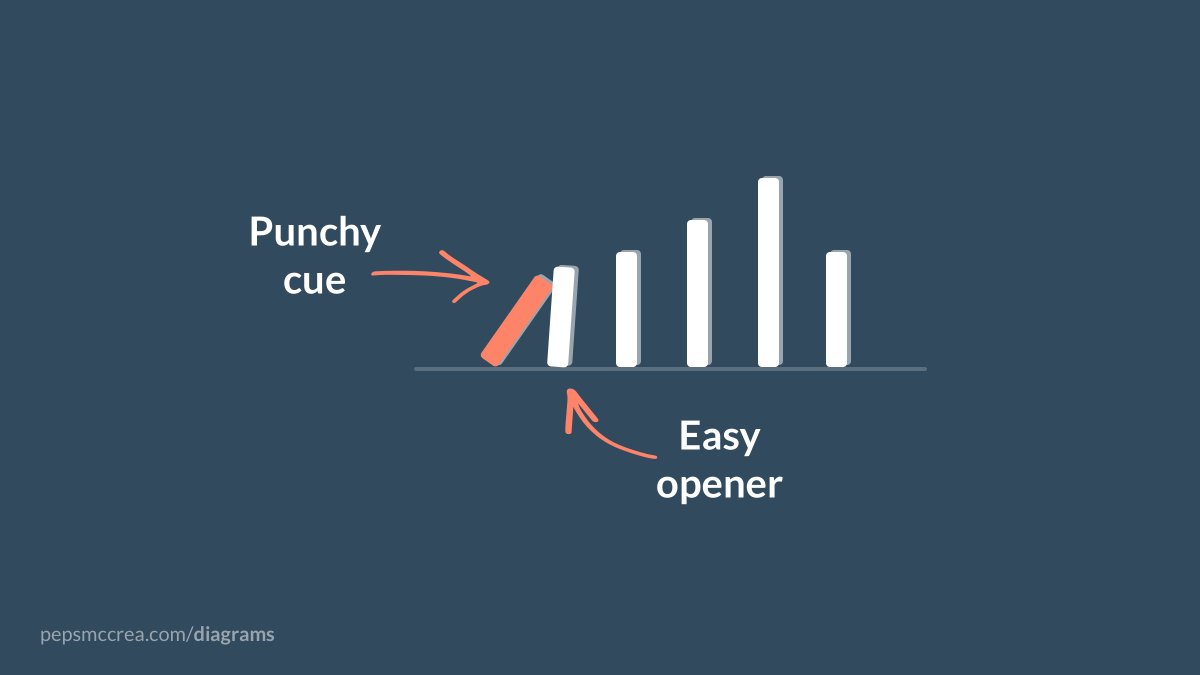
A short thread on *trust* in the classroom: why we need it and how teachers can build it.
↓
↓
For pupils, the value of what they learn is nebulous and highly delayed.
As teachers, we continually require pupils to have faith that the objects we ask them to attend to and the decisions we make on their behalf will pay off for them further down the line.
As teachers, we continually require pupils to have faith that the objects we ask them to attend to and the decisions we make on their behalf will pay off for them further down the line.
When trust is present, pupils will readily embrace teacher suggestions about where to allocate their attention and effort.
When trust is absent, pupils can view teacher direction as an inconvenience, or even with suspicion, and ultimately reject it altogether.
When trust is absent, pupils can view teacher direction as an inconvenience, or even with suspicion, and ultimately reject it altogether.
As a teacher, status is something you get bestowed upon you by the school, whereas trust is something you must earn from your pupils.
We can earn trust by demonstrating:
1. Credibility
2. Consistency
3. Care
We can earn trust by demonstrating:
1. Credibility
2. Consistency
3. Care
→ Credibility (Is my teacher knowledgeable enough to lead me in the right direction?)
Showcase your accomplishments and expertise, in the curriculum and beyond. Get others they trust to vouch for you.
Showcase your accomplishments and expertise, in the curriculum and beyond. Get others they trust to vouch for you.
→ Consistency (Is my teacher predictable and fair?)
Be transparent in your values and expectations. Communicate them regularly and ensure they align with your actions. Exhibit steadfast emotional stability.
Be transparent in your values and expectations. Communicate them regularly and ensure they align with your actions. Exhibit steadfast emotional stability.
→ Care (Does my teacher understand and look out for me?)
Take visible action to show your pupils that you know them, you are on their side, and you have their interests at heart.
As Roosevelt once said: “kids don't care what you know until they know that you care.”
Take visible action to show your pupils that you know them, you are on their side, and you have their interests at heart.
As Roosevelt once said: “kids don't care what you know until they know that you care.”
Trust takes time to earn and discipline to keep. But as any experienced hand will tell you: it’s worth it.
The classroom is so much more impactful and enjoyable when pupils have confidence in their teacher.
👊
The classroom is so much more impactful and enjoyable when pupils have confidence in their teacher.
👊
• • •
Missing some Tweet in this thread? You can try to
force a refresh










